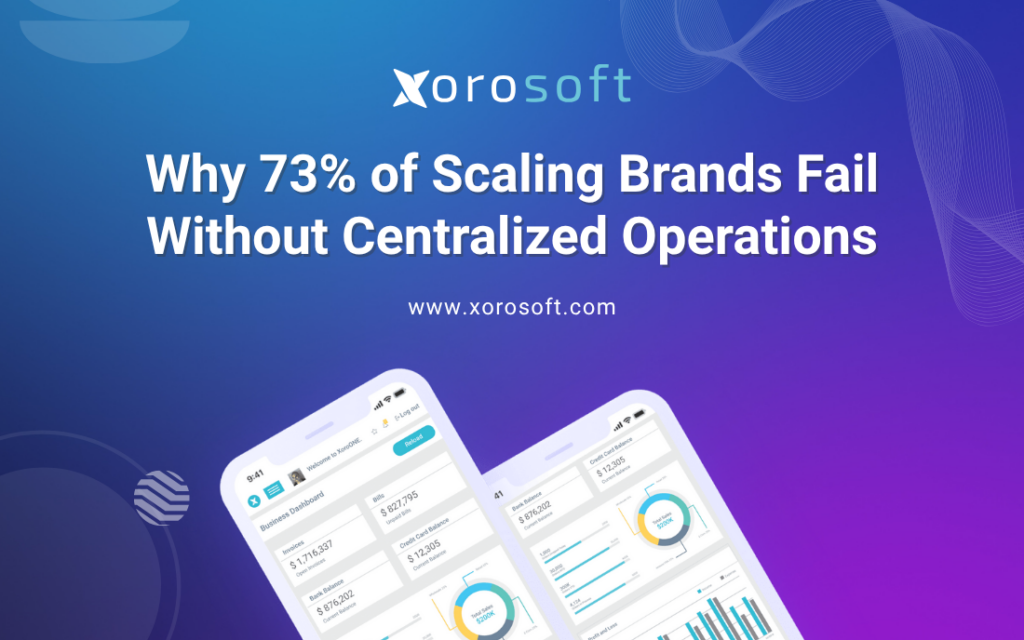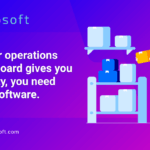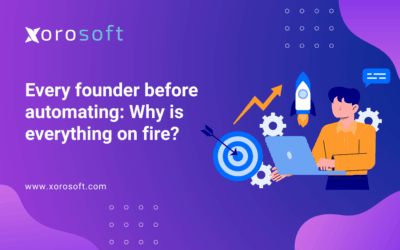
Centralized Ecommerce Operations: The Hidden Reason Brands Struggle to Scale
Centralized ecommerce operations have become the deciding factor between brands that scale profitably and those that collapse under complexity. As ecommerce brands grow, many leaders discover that revenue brings as many challenges as rewards. Orders pour in from multiple channels, inventory spreads across locations, and financial data gets lost between tools. Without a centralized operations system, what once felt like progress soon turns into daily chaos.
Most founders think they’re facing a marketing or staffing issue, but in reality, it’s an operational one. When systems stay disconnected, teams lose time, visibility, and control — and 73% of scaling brands eventually fail because of it.
What the Future Looks Like After Centralization
Imagine starting Monday with a single dashboard showing everything that matters — orders processed, cash collected, and inventory ready for sale. You don’t need to ask three people or download five reports. Therefore, your focus shifts from fixing issues to creating opportunities.
Centralized ecommerce operations transform how your brand grows. They turn operations from a cost center into a true growth engine. Once you implement them, your backend becomes invisible — because it simply works.
If your brand is scaling fast and you’re ready to simplify your systems, start by reviewing leading platforms on G2. Then, book a demo to see how centralization can streamline your workflows in real time. You can also Explore XoroONE to discover how DTC and omnichannel brands are already unifying their operations and regaining full control of growth.









